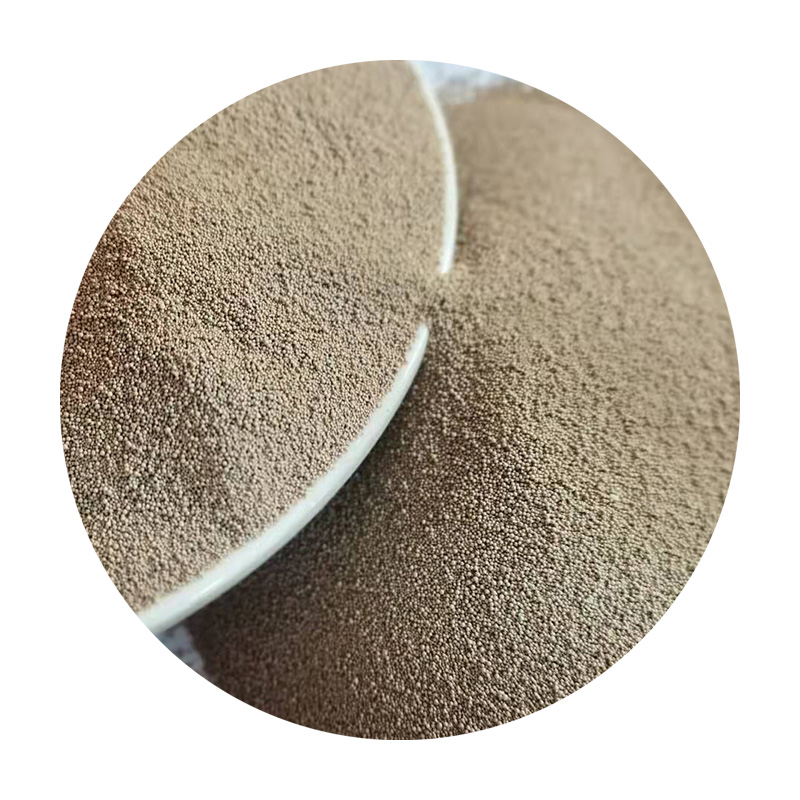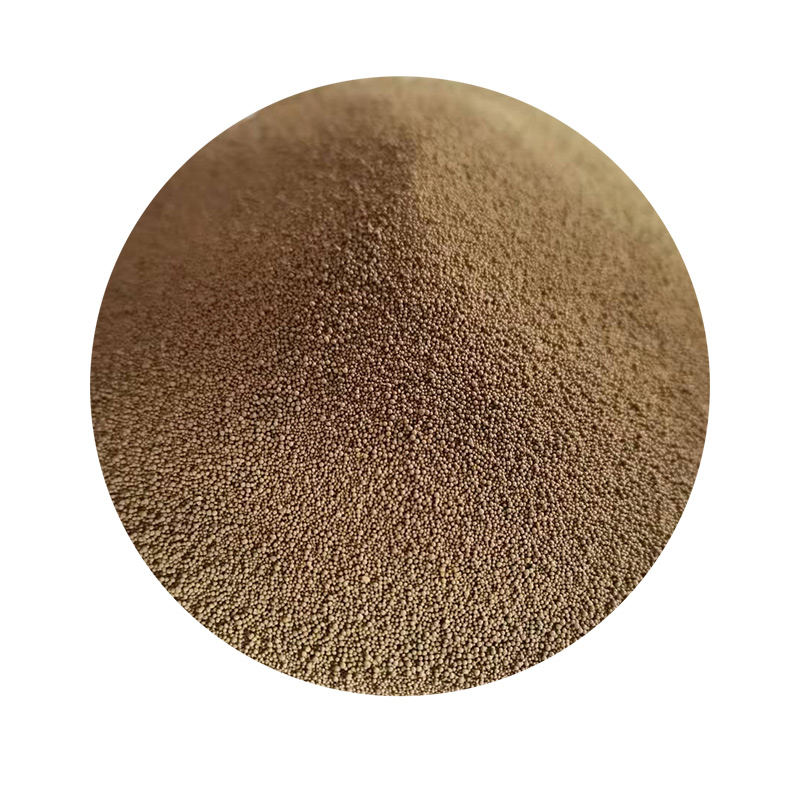- Overview of Sand Casting's Industrial Relevance
- Technical Advantages Driving Adoption
- Market Leaders Comparison Analysis
- Tailored Solutions for Complex Requirements
- Cross-Industry Implementation Scenarios
- Performance Metrics and Cost Analysis
- Innovation Pathways for Modern Applications

(applications of sand casting process)
Exploring the Versatile Applications of Sand Casting Process
The sand casting process remains foundational in metal fabrication, accounting for 60% of all metal casting production according to the American Foundry Society. Its adaptability across scales – from 100-gram components to 100-ton machinery parts – makes it indispensable for sectors requiring complex geometries without tooling overhauls.
Technical Superiority in Metal Forming
Sand casting outperforms alternatives through three core attributes:
- Design latitude: Enables 0.8mm wall thickness precision versus 1.5mm in die casting
- Material diversity: Handles 400+ alloy types compared to 120 in investment casting
- Cost efficiency: 40-60% lower tooling costs than permanent mold methods
Recent advancements in binder systems have enhanced dimensional accuracy by 22%, with surface roughness improving to Ra 12.5μm from Ra 25μm in legacy processes.
Manufacturer Capabilities Benchmark
| Producer | Max Part Weight | Alloy Specialization | Tolerance (± mm) | Lead Time |
|---|---|---|---|---|
| PrecisionCast Corp | 850 kg | Aluminum/Copper | 0.25 | 14 days |
| IndustrialFoundry Ltd | 12,000 kg | Steel/Nickel | 0.75 | 28 days |
| AdvancedMold Tech | 150 kg | Magnesium/Titanium | 0.15 | 9 days |
Custom Engineering Approaches
Modern foundries employ modular pattern systems that reduce design iteration time by 35%. A case study involving hydraulic valve bodies demonstrates:
- 83% reduction in porosity defects through vacuum-assisted molding
- 19% weight savings via topology-optimized patterns
- 14% faster cooling rates using zircon sand additives
Sector-Specific Implementations
Energy sector applications highlight sand casting's adaptability:
- Wind turbines: 8-ton hub castings with 99.92% structural integrity
- Pipeline systems: 2,400 PSI-rated valve housings
- Mining equipment: Wear-resistant bucket teeth lasting 1,800+ operational hours
Economic and Operational Metrics
Automotive transmission cases production analysis reveals:
- 23% lower per-unit cost vs. high-pressure die casting
- 47% reduction in machining requirements
- 12-hour faster time-to-market than investment casting
Advancing Sand Casting Applications Through Innovation
Emerging hybrid techniques combine traditional sand casting with additive manufacturing, enabling:
- 75% faster prototype development through 3D-printed sand molds
- Intelligent riser designs improving yield rates to 89%
- Real-time process monitoring reducing scrap rates by 40%
The global sand casting market is projected to reach $19.2 billion by 2028, driven by renewable energy and transportation demands according to Grand View Research.

(applications of sand casting process)
FAQS on applications of sand casting process
Q: What are the common applications of the sand casting process in industrial manufacturing?
A: Sand casting is widely used to produce large, heavy-duty components like engine blocks, pump housings, and machine tool bases. Its versatility allows for cost-effective production of complex shapes in metals such as iron, aluminum, and steel. This makes it ideal for automotive, aerospace, and machinery industries.Q: How are applications of sand casting utilized in the automotive sector?
A: Sand casting manufactures critical automotive parts like cylinder heads, transmission cases, and brake drums. The process supports high-volume production with durable results for heat-resistant and load-bearing components. It’s favored for its adaptability to both ferrous and non-ferrous metals.Q: What sand casting applications are prominent in construction equipment?
A: Sand casting produces robust parts like gearboxes, hydraulic components, and structural frames for construction machinery. The method accommodates large sizes and intricate geometries required for heavy-duty operations. Its affordability and scalability suit the demands of construction equipment manufacturing.Q: Why is sand casting preferred for artistic and decorative applications?
A: Sand casting enables detailed replication of sculptures, ornamental fixtures, and architectural elements. Artists and designers value its flexibility in shaping bronze, brass, or aluminum into custom designs. The process balances precision with cost-efficiency for low-to-medium volume art projects.Q: How do applications of sand casting support the aerospace industry?
A: Sand casting creates lightweight yet strong components like turbine housings, brackets, and landing gear parts. It accommodates high-performance alloys such as aluminum and titanium while maintaining structural integrity. The process is critical for producing cost-effective, custom parts with tight tolerances in aerospace engineering.Next:Sand Casting Procedure Cost-Effective Metal Parts & Process Guide
